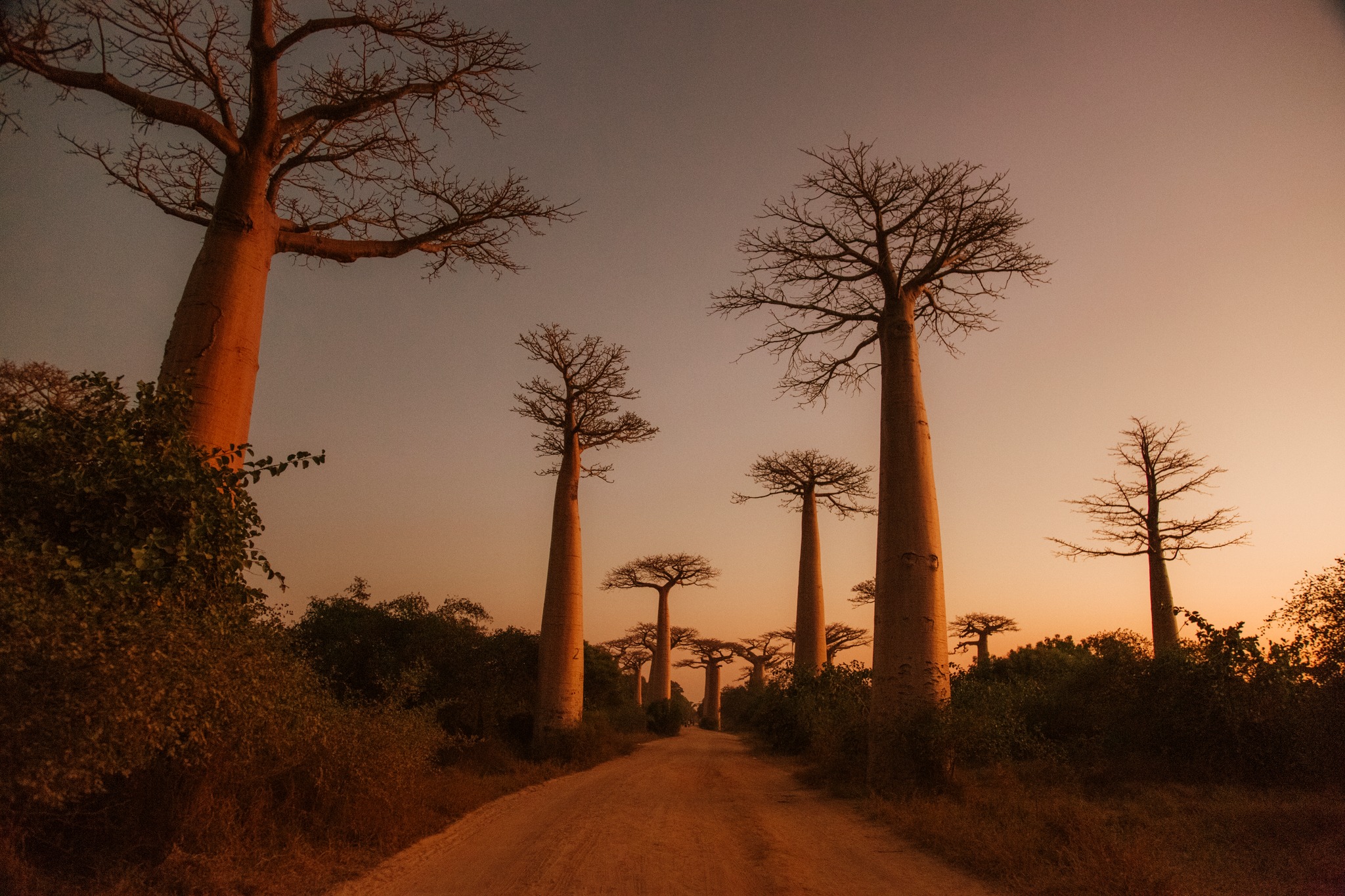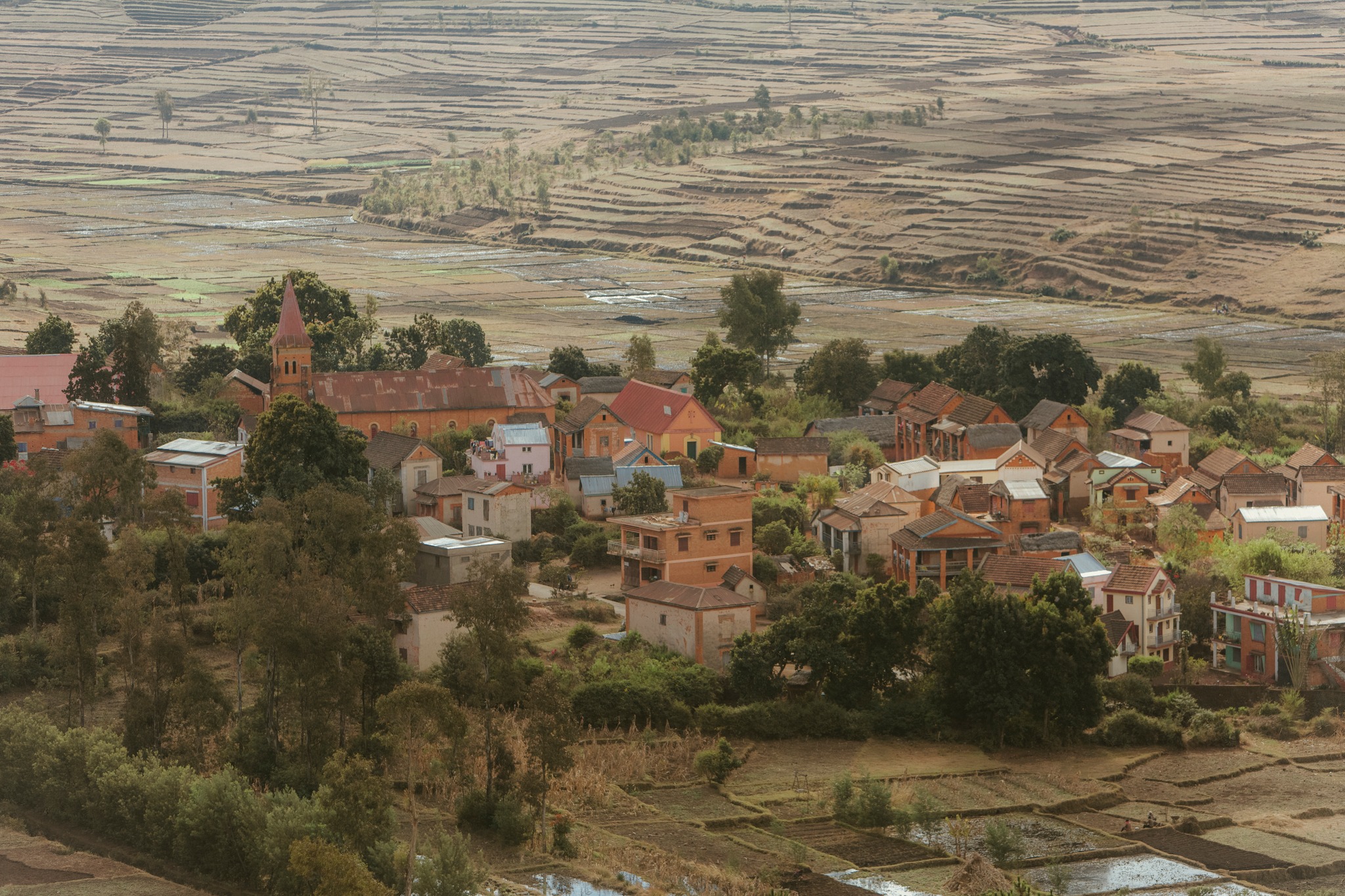Title: Wild, Raw, and Unforgettable: My Journey Through Madagascar
There are places you travel to, and there are places that change you. Madagascar, for me, was the latter. It wasn’t on my original list. Honestly, I barely knew much about it besides lemurs and baobab trees. But something about going somewhere that felt entirely “off-grid” pulled me in. I wanted wild. I wanted raw. I got both—and so much more.
Arrival: Tana and the First Chaos
I landed in Antananarivo (locals call it “Tana”) with zero expectations. The city sprawled in a chaotic blend of French colonial leftovers, honking taxi-brousses (those shared minivans that operate like buses), and hills that seem to fold into each other endlessly.
My first memory? A man selling grilled corn by the roadside, smiling with more warmth than any airport welcome desk ever could. It wasn’t polished, but it was honest. That’s a theme that followed me across the island.
Tana is a whirlwind: mopeds weaving between chicken vendors, open-air markets buzzing with energy, and a language (Malagasy) that rolled off tongues like poetry. I stayed in a modest guesthouse in Isoraka, where my host taught me to say “misaotra” (thank you) and warned me never to drink the tap water unless I wanted a hospital tour included in my itinerary.
Into the Wild: Andasibe & My First Lemur Encounter
I headed east to Andasibe-Mantadia National Park, a four-hour ride that should have taken two. Road conditions in Madagascar are more suggestion than infrastructure, but that’s part of the charm.
Andasibe was green, wet, and alive. It rained every afternoon, heavy tropical downpours that drummed the tin roof of my bungalow and brought out the frogs in chorus. I trekked through mossy trails with a local guide named Liva, who had eyes like a hawk and the quiet patience of a Buddhist monk.
And then—my first indri. The largest living lemur, black and white with teddy bear ears and a call like a distant siren. It echoed through the forest canopy, and I swear, my skin tingled. No cages, no glass, just me and a creature older than time, staring at each other like we shared some secret language.
The Baobabs and the Road North
After Andasibe, I made my way west—toward the famed Avenue of the Baobabs near Morondava. This wasn’t a straight journey. In Madagascar, few things are. Flights get canceled without notice, cars break down, ferries sink (literally). It’s not a place for tight schedules.
I rode in the back of a pick-up truck for a stretch, squeezed between sacks of rice and a grandma nursing a chicken. The Malagasy are resilient and generous. They share everything—food, stories, shade.
And then I saw them: the baobabs. Giant, prehistoric, like upside-down trees silhouetted by the golden hour sun. I didn’t take many photos. I just stood there, breath slow, heart full. You don’t need a camera when your soul is busy remembering.

Off the Beaten Path: Tsingy de Bemaraha
From Morondava, I decided to go rogue and head for the Tsingy de Bemaraha—a UNESCO World Heritage Site of razor-sharp limestone pinnacles. It’s one of those places that feels like a dreamscape conjured by a mad geologist.
Getting there was… a journey. Hours on unpaved roads, a river crossing on a wooden barge with no motor (just poles and prayer), and nights in villages where kids played soccer barefoot and goats roamed like citizens.
The Tsingy itself? A maze of gray stone spires and swinging rope bridges. I clipped on a harness, climbed steel ladders bolted into vertical rock, and stared into abysses that made my knees tremble. I’ve hiked in Patagonia. I’ve climbed volcanoes. But this—this felt like a temple. Sacred and merciless.
The South: Isalo National Park & Moonlit Silence
I traveled south to Isalo National Park, known as Madagascar’s “Grand Canyon.” Imagine Martian canyons, narrow slot passages, and natural pools so clear they look fake.
I camped there one night, under stars so dense they seemed to be spilling across the sky. Around the fire, our guide, Jean-Paul, shared legends of ancestral spirits that live in the stones. We listened in silence, not out of politeness, but reverence.
When I asked him why so many Malagasy people believe in spirits, he smiled and said, “Because the land still whispers.”

Coastal Joy: Ifaty and the Vezo Fishermen
By the time I hit the southwest coast in Ifaty, I was sunburnt, dusty, and deliriously happy. I spent my mornings walking barefoot along the shoreline, my afternoons snorkeling coral reefs, and my evenings eating grilled zebu (local beef) while watching fishermen mend their nets under moonlight.
The Vezo fishermen fascinated me. They live by the sea, born in pirogues (dugout canoes), guided by tides, tradition, and stars. One day, I asked to join a fisherman, Daniel, and he agreed. We paddled out before sunrise. No engines. No electronics. Just instinct.
We didn’t catch much. But we shared mangoes, stories, and silence. That boat ride was more healing than any meditation I’ve tried.
What Madagascar Taught Me
Madagascar taught me patience. It taught me how to live without Wi-Fi, how to smile even when plans fall apart, how to trust strangers, and how to eat grilled plantains for breakfast five days in a row without complaining.
It also showed me the fragility of things. The forests here are shrinking. Species disappear faster than scientists can name them. There’s beauty, yes—but also deep loss. Traveling here isn’t just about adventure; it’s about awareness.
Final Thought
Madagascar is not for the luxury-seeking traveler. It’s bumpy, unpredictable, and demands your full presence. But if you’re willing to surrender to its rhythm, it will reward you with something rare: a sense of wonder that feels almost childlike.
So go. Not to tick off a list. Go to remember what wild really means.


